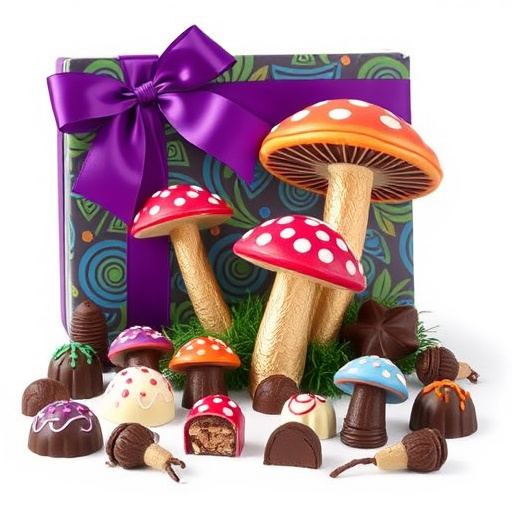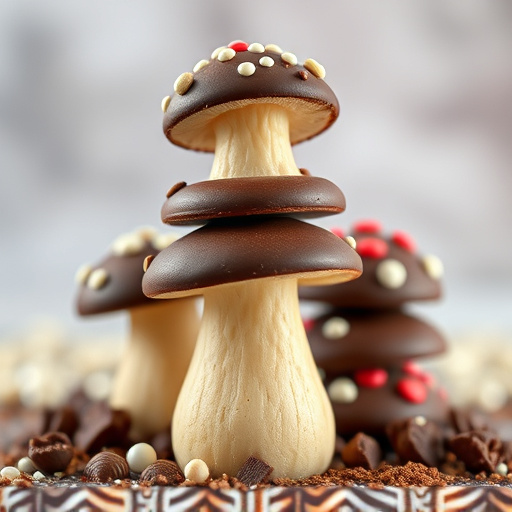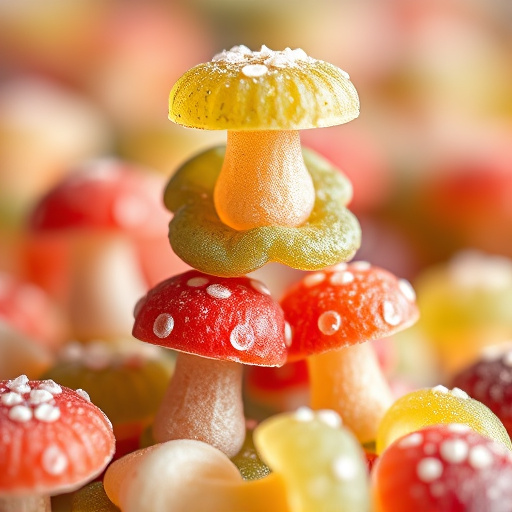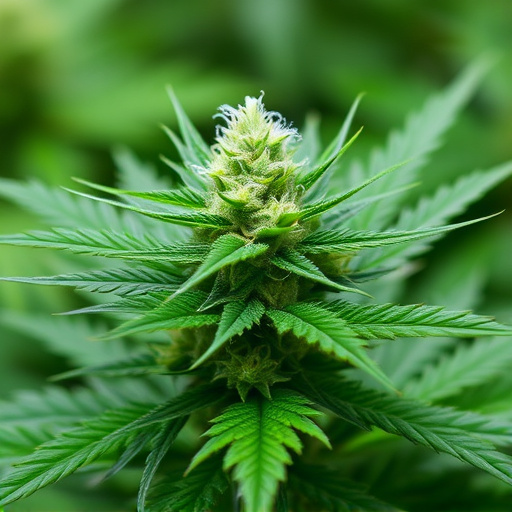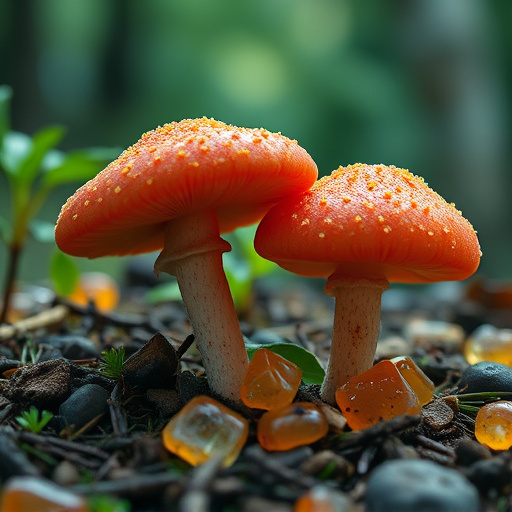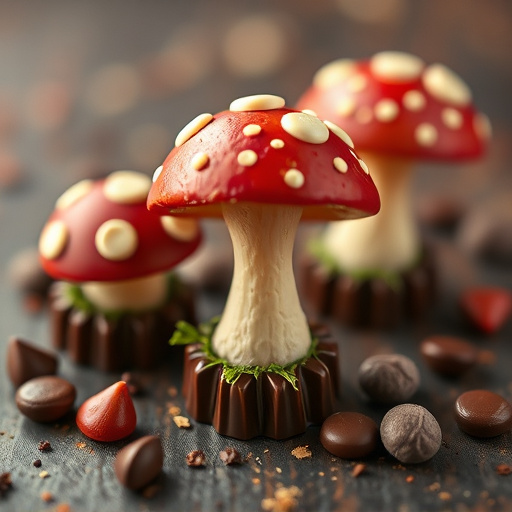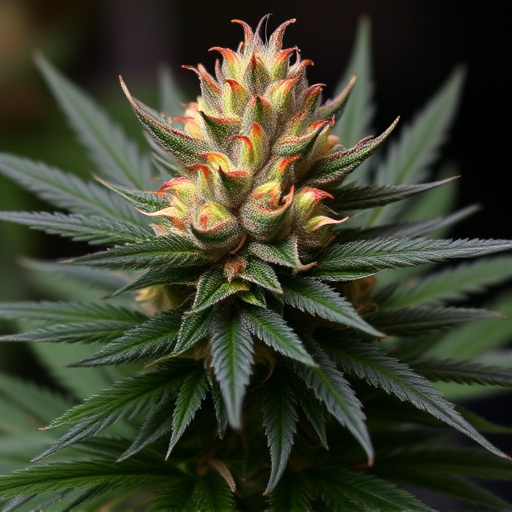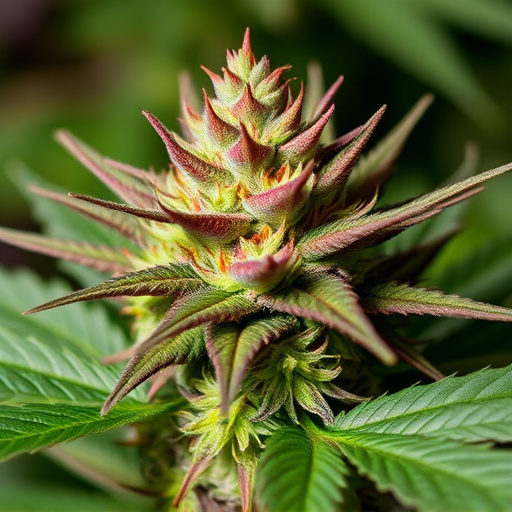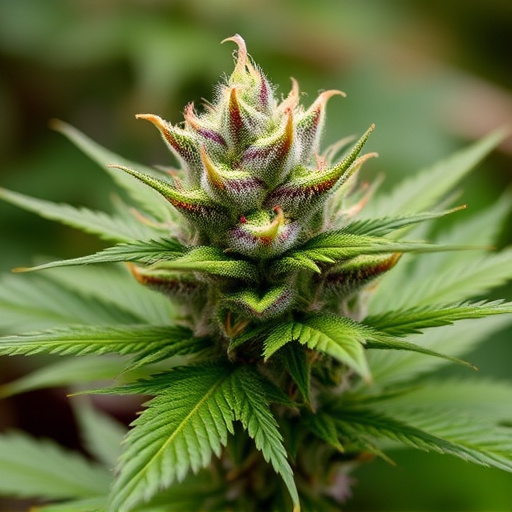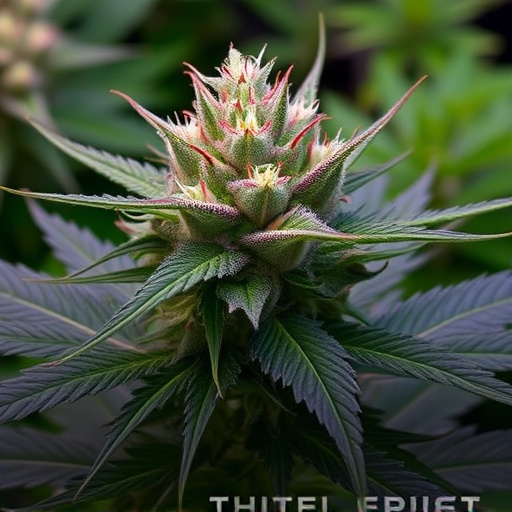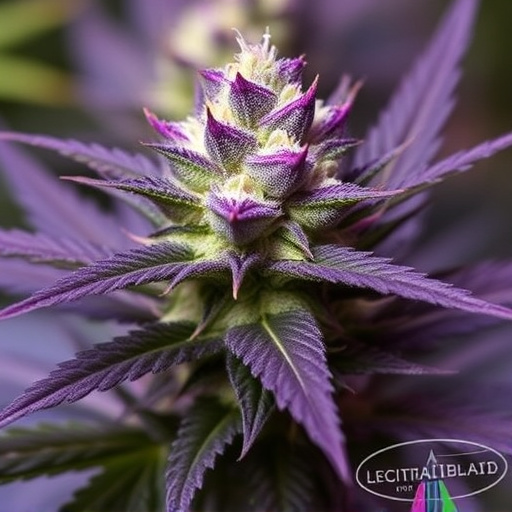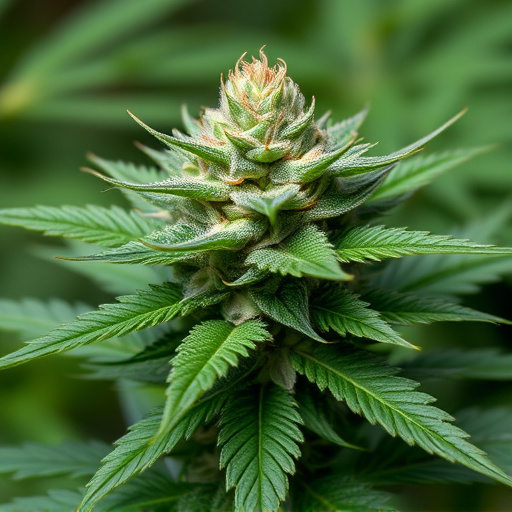The distinctive skunk aroma in cannabis strains is driven by terpene composition, with genetic diversity leading to varied profiles. Cultivators use selective breeding and manipulation to create hybrids with unique scent profiles, optimizing conditions for stronger terpine production. Hybridization and crossbreeding are key techniques for crafting best hybrid cannabis strains, offering a wide range of aromas from floral and fruity to earthy and skunky, catering to diverse consumer preferences.
“Ever wondered why some cannabis strains exude a distinct skunk-like aroma while others are nearly odorless? It’s all in the chemistry. This article delves into the intricate world of cannabis terpenes and genetics, exploring how they contribute to that characteristic skunkiness. We’ll uncover the impact of cultivation techniques and the art of hybridization, providing insights into what makes certain best hybrid cannabis strains stand out for their balanced scent profiles.”
- Genetics and Terpene Profile: Exploring the Chemical Composition That Contributes to Skunkiness
- Cultivation Techniques: How Farming Practices Impact Aroma
- Hybridization and Crossbreeding: The Art of Creating Balanced Scent Profiles in Best Hybrid Cannabis Strains
Genetics and Terpene Profile: Exploring the Chemical Composition That Contributes to Skunkiness
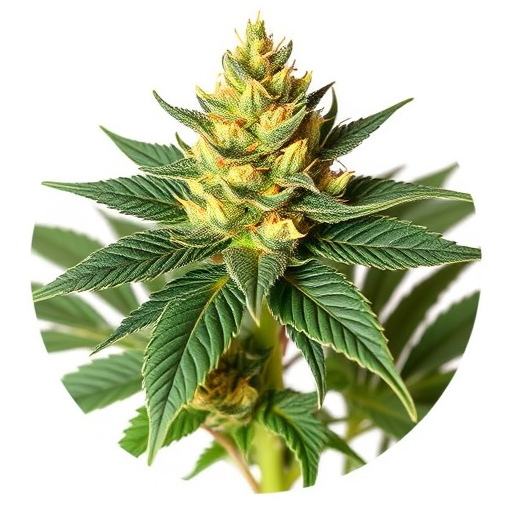
The skunk-like aroma associated with certain cannabis strains is a result of their unique chemical composition, particularly the presence and balance of terpenes. Terpenes are aromatic compounds that not only contribute to the distinct scent of different cannabis varieties but also play a significant role in their effects on the body and mind. Each strain possesses a specific terpene profile, which is largely determined by its genetic makeup.
Genetic diversity among cannabis plants leads to variations in terpene production. Certain strains have evolved to prioritize myrcene, limonene, and pinene—terpenes known for their skunk-like, citrusy, or piney aromas, respectively. These terpenes often work in harmony with other chemical compounds in the plant, creating a signature scent that can range from pungent to sweet, depending on the specific genetic lineage and breeding of the best hybrid cannabis strains. Understanding these chemical interactions offers enthusiasts and cultivators insights into why some strains exhibit stronger skunk notes than others.
Cultivation Techniques: How Farming Practices Impact Aroma
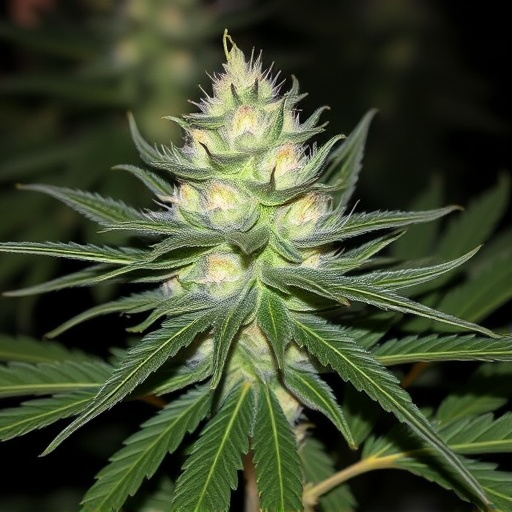
Cannabis cultivators employ various techniques that significantly influence a plant’s aroma, resulting in some strains smelling skunkier than others. One key factor is cultivation methods, particularly when it comes to hybrid cannabis strains known for their potent and distinct aromas. Farmers use selective breeding and genetic manipulation to create hybrids with specific scent profiles catering to diverse consumer preferences.
For instance, some growers focus on maximizing terpene production through controlled environments, organic nutrients, and precise lighting. These practices encourage the synthesis of certain terpenes associated with skunk-like scents, enhancing the desired aroma in hybrid strains. Conversely, suboptimal cultivation techniques might lead to less intense aromas, as plants struggle to produce these valuable compounds.
Hybridization and Crossbreeding: The Art of Creating Balanced Scent Profiles in Best Hybrid Cannabis Strains
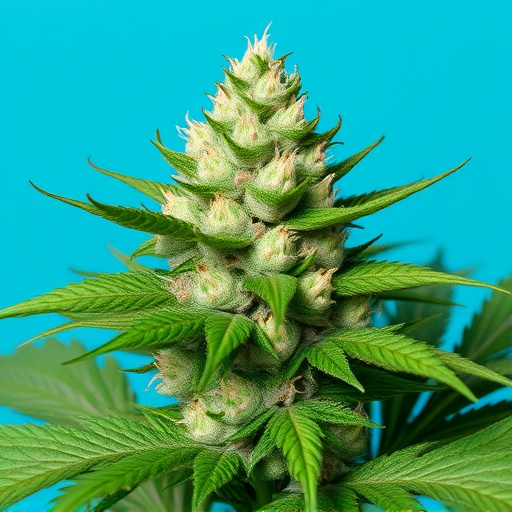
Hybridization and crossbreeding play a significant role in shaping the unique scent profiles of the best hybrid cannabis strains. This artistic process involves combining distinct cannabis genotypes to create new varieties with desirable traits, including aroma. By carefully selecting parent plants with complementary scents, breeders can produce hybrids that offer a balanced blend of aromatic compounds. For instance, some breeders may aim for a skunkier profile by crossing a potent Skyrim strain with a citrusy variety, resulting in a hybrid with a complex, pungent fragrance.
The art lies in achieving harmony between the distinct aromas while ensuring other desired characteristics are retained. This meticulous approach allows cultivators to craft best hybrid cannabis strains that cater to diverse consumer preferences. From floral and fruity notes to earthy and skunky scents, hybridization enables the creation of diverse cannabis varieties, each with its own captivating olfactory profile.
The distinct skunk-like aroma associated with certain cannabis strains is a result of complex interactions between genetics, cultivation, and hybridization. Understanding the chemical composition through terpene profiles allows cultivators to create balanced scent profiles in the best hybrid cannabis strains. By exploring these factors, from genetic diversity to farming practices, enthusiasts can appreciate the nuanced world of cannabis aromas, ensuring each strain offers its unique sensory experience.


